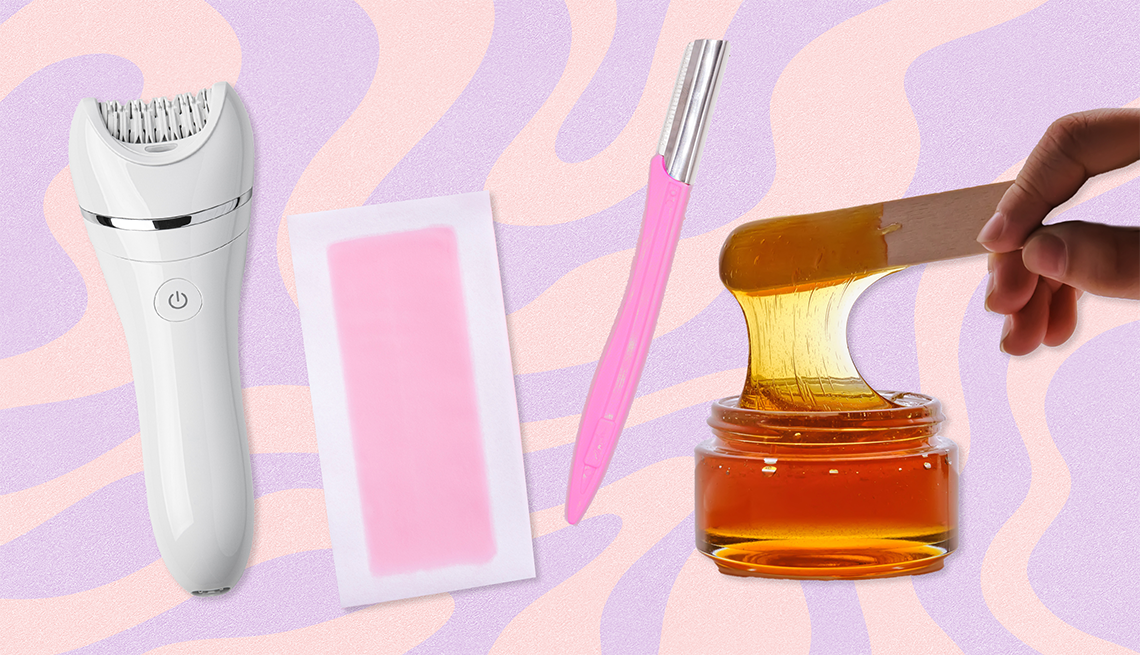AARP Hearing Center


If you’re an older woman with dark hair growing on your upper lip, coarse white whiskers popping up on your chin and an increasingly visible crop of peach fuzz spreading across your cheeks, dermatologists have a name for you.
Normal.
“We’re mammals, and all mammals have hair,” says Sandra Johnson, M.D., a dermatologist in Fort Smith, Arkansas. Some of that hair gets heavier or more noticeable as we age, she says. “You’re not alone.”
These changes are largely driven by hormonal shifts. In women, less estrogen and more testosterone can produce extra facial hair, says Heather Rogers, M.D., a Seattle dermatologist. In men, long-term exposure to testosterone can produce longer nose and ear hair, according to Cleveland Clinic.
Some people may not mind these changes. But studies find about 40 percent of women have some unwanted facial hair. If you’re among them, you have more choices than ever for getting rid of it.
Here are some choices for women (ideas for men are in the box below).
1. Shaving
Face shaving is perfectly OK for women, Rogers says. Contrary to myth, she says, your facial hair won’t grow back thicker if you shave it, though the regrowth may feel more stubbly than with other methods.
The option has become more popular, she says, with the marketing of small electric facial hair trimmers for women. One advantage, she says, is that even “if your vision isn’t very good, it’s very easy to run that over your problem areas.”
The downside, Johnson says, is that shaving can cause some irritation.
2. Dermaplaning
Another increasingly popular method, dermaplaning is “a fancy word for shaving” with a small version of a straight-edged razor, Rogers says. You can have it done as part of a professional facial or do it yourself at home with inexpensive, long-handled blades you can buy in drugstores or online. Home use is generally safe, Johnson says, but she likes to give her patients some training first.
Dermaplaning works on the upper lip and chin, Johnson says, and is especially effective for removing peach fuzz. It also removes some dead skin cells, so it’s an exfoliating treatment, too.
With any kind of shaving or dermaplaning, you need to avoid nicking any skin growths, Rogers says. Other risks include infection and skin discoloration, according to Cleveland Clinic. Because of such risks, some dermatologists discourage home treatments.



































































More on Health
8 Things You’re Doing Wrong to Aging Skin
These bad habits can ramp up skin aging and cause serious health problems4 Cosmetic Procedures That Can Go Wrong (and What to Do)
Advice for when the results aren't what you expected
Try These Tips for Living a Healthier Life
Small changes can add up to big mental and physical results
Recommended for You